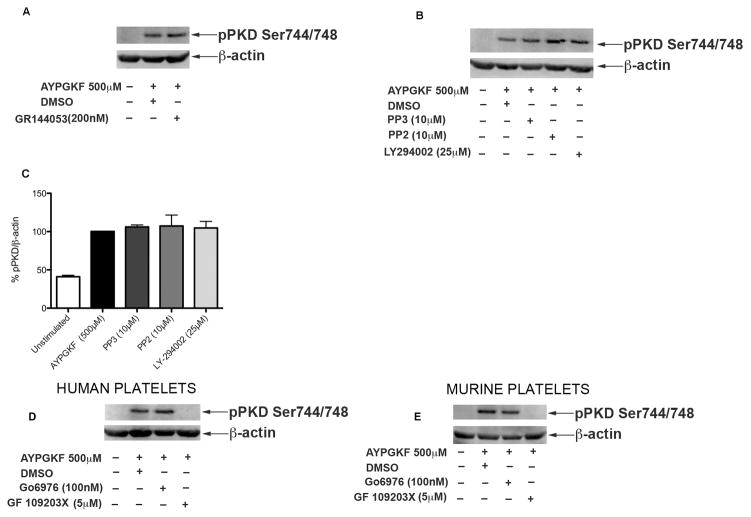Fig 5. Signaling pathways involved in PKD2 phosphorylation.
Washed and aspirin-treated human platelets (2×108 cells/ml) were incubated with (A) DMSO (vehicle control) or 200 nM GR144053 and (B) with DMSO (vehicle control) or 10 μM PP3 or 10 μM PP2 or 25 μM LY294002 for 5 minutes at 37°C or (D and E) with 100nM Go6976 for 10 minutes or 5μM GF109203X for 5 minutes in both human and murine platelets, followed by stimulation with 500 μM AYPGKF at 37°C under stirring conditions. The reaction was stopped after 1 minute by addition of 6M perchloric acid. The samples were analyzed for ser744/748 phosphorylation on PKD2 by western blotting by using phospho specific antibodies. β-Actin was used as a loading control. The data are representative of at least three independent experiments. (C) Data obtained from three different sets of experiments were quantified and expressed as mean ± SD. The phosphorylation induced by AYPGKF stimulated samples without any inhibitors was considered 100%.

